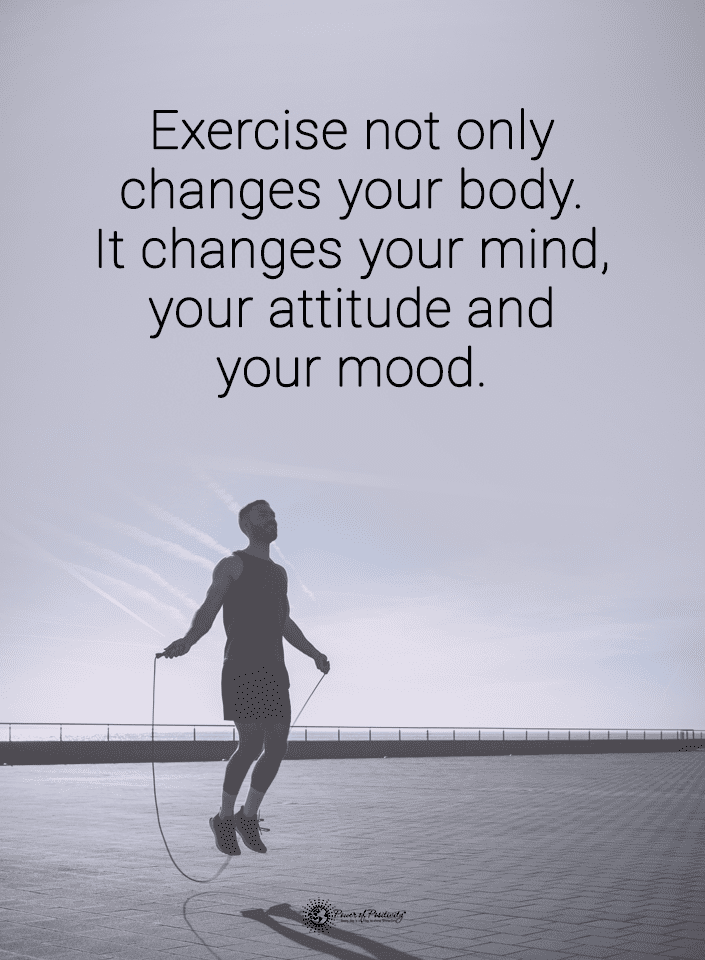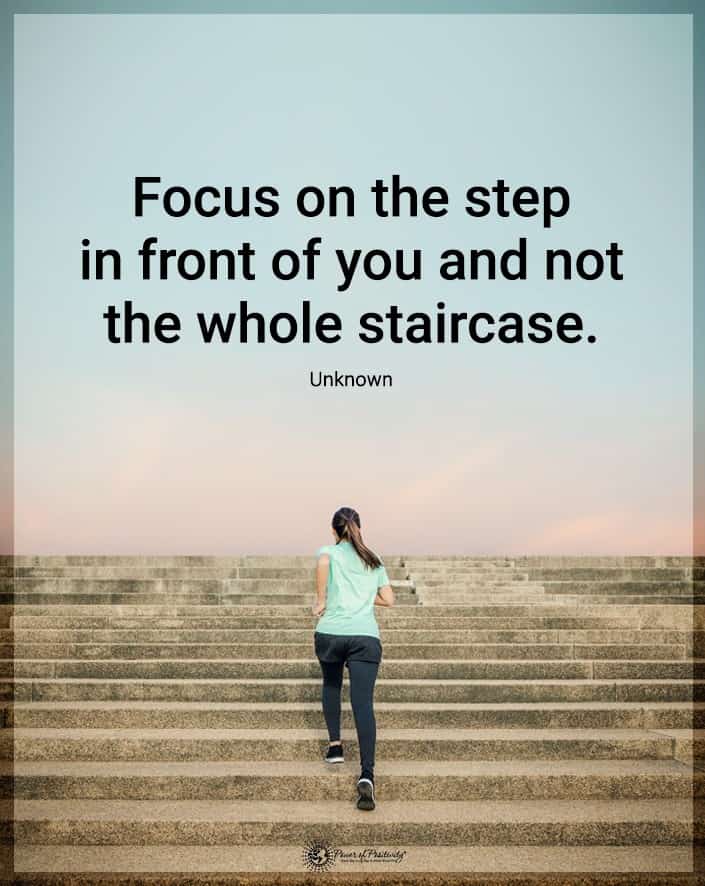Muscle fatigue can affect everyone, but not all of us know how to reduce it. You might experience muscle fatigue after running extra miles or increasing weight during your fitness routine. However, there are other reasons it can happen and many ways to reduce the soreness.
Many believe this soreness is necessary for fitness progress, but that’s not entirely accurate. Instead, it can disrupt your future workouts and cause discomfort. Muscle fatigue can make it hard for your muscles to generate strength and stimulate contraction.
If you experience muscle fatigue, there are things you can do to reduce it. You can ease pain in the present and prevent soreness in the future.
Muscle fatigue often sets in when you least expect it, but it commonly occurs during workouts. Understanding what it is and how to overcome and prevent it can make all the difference.
What is Muscle Fatigue?
When you first start a fitness program or doing a strenuous activity, your muscles likely feel strong and prepared. During your repeated movements, they’ll become weaker and worn out. This process is known as muscle fatigue, which can happen to anyone.
The fatigue can make it so your muscles can’t perform anymore, leading to a state of exhaustion. You’ll gradually feel weaker, and your movements can decrease.
While muscle fatigue is often the result of exercise or strenuous activity, it could indicate other health conditions. When you know the cause, it can help you address the experience and start feeling better.
What Causes Muscle Fatigue?
Muscle fatigue involves acute-onset muscle soreness and delayed onset muscle soreness (DOMS). Acute-onset muscle soreness happens during and post-workout.
The fatigue manifests as muscular pain and intensifies most during the 24 to 48 hours after exercise. After that, the pain decreases, and you’ll likely feel better after a few days.
Pain that occurs during the 24 to 72 hours after exercise is known as DOMS. This type manifests as muscle stiffness and tension that doesn’t ease after stretching. DOMS can also occur because of micro-tears in your muscle tissues, interfering with what holds your muscle tendon fibers together.
Muscle soreness can occur because of inflammation or injury. It can also happen from straining your muscles too much during physical activity. Your age can also play a role, as you’re more susceptible to muscle fatigue during physical activity as you get older.
Aside from physical activity, other causes of muscle fatigue include:
- infections and viruses
- disease anemia
- botulism
- medications
- anxiety and depression
- cerebral palsy
- dehydration
- illness
- chronic fatigue syndrome (CFS)
- lack of exercise
- muscular dystrophy
- muscle inflammation
- pregnancy
- lack of sleep
- nutrient or mineral deficiency
- hypothyroidism
- fibromyalgia
Five Symptoms of Muscle Fatigue
While muscle pain and soreness are the most telling symptoms, there are other signs to watch for. These signs include:
- shortness of breath
- trembling
- twitching muscles
- a weak grip
- cramping
How to Reduce Muscle Fatigue
While tired muscles are uncomfortable, you can reduce and prevent them. The treatment depends on the cause and symptoms, but these tips can help reduce fatigue caused by your fitness regime.
Stretching
You’re less likely to experience muscle soreness if you stretch before and post-workout. It can also help ease any pain you feel in the present.
Experts explain that stretching can reduce soreness but doesn’t always prevent DOMS. When you experience DOMS, do your stretches again for some relief. It loosens your muscles and protects you from injury.
Go Swimming
Swimming works most of your muscles and relaxes them simultaneously. The water movement helps stretch your muscles and reduces their heaviness. Swimming in cold water is best because it can prevent stiffness and inflammation, promoting a quicker recovery.
Take in More Fluids and Eat a Balanced Diet
Consuming plenty of fluids is one of the best ways to reduce muscle fatigue. Drinking water can help your body maintain its natural balance and prevent strain. It hydrates your muscles, helping them overcome fatigue faster.
Drinking water also helps eliminate toxins and waste, promoting recovery. Apple juice is also beneficial because it contains polyphenols that prevent fatigue and increases strength.
You also must consider the food you eat because your nutrients and minerals play a role. Focus on consuming enough protein, healthy fats, and carbohydrates before engaging in physical activity. After the exercise, consider hydrating snacks to help you feel good and restore electrolytes.
Take a Day to Rest
Sometimes muscle fatigue is a sign that you need to take time to rest and recover. If your soreness lasts for several days and doesn’t seem to be getting better, you might need a few days off.
The lasting fatigue indicates systemic inflammation, likely caused by working out too much. Most times, fatigue will ease with rest, so make sure you take the time to recover.
Get Enough Sleep
Getting enough uninterrupted sleep can help prevent and ease muscle fatigue. It helps your body recover and repair muscles during sleep.
However, avoid eating before you go to sleep. Protein synthesis happens in the gastrointestinal tract, breaking down muscles to send amino acids to the stomach. If you’re sleeping when this occurs, it decreases the chance of muscle repair.
Foam Rolling
Foam rolling is beneficial for reducing muscle fatigue after a workout. It is a technique for stretching called self-myofascial release (SMR). Experts indicate that it can ease DOMS, helping you feel better sooner.
If you haven’t used a foam roller before, you’ll start rolling each muscle group for thirty seconds. It can break up some of the soreness in your tired muscles. Don’t worry if the process is uncomfortable; it shouldn’t become overly painful.
Get a Massage to Reduce Muscle Fatigue
While getting a massage isn’t a daily option, you can utilize it sometimes. It can help relax your whole body and ease tight muscles. Research shows that it can improve symptoms of DOMS, encouraging blood flow and circulation.
Contrasting Hot and Cold Therapy
Hot and cold therapy can help reduce muscle soreness, easing inflammation and discomfort. It requires alternating between heat and cold and can help you feel better quicker.
Cold therapy can decrease the temperature of your tissues and encourage recovery. Your body will respond to the cold by narrowing your blood vessels, and experts indicate that it can also reduce:
- tissue metabolism
- oxygen utilization
- Inflammation
- muscle spasms
There are different forms of cold therapy, including submerging yourself in cold water. You can also consider an ice tub or cold shower.
It can alleviate symptoms of DOMS while improving muscle recovery. Other options involve ice bags, cold gel packs, or localized ice compression garments.
On the other hand, hot therapy involves exposing your muscles to warm temperatures. It heats your tissues to promote recovery. Hot therapy widens your blood vessels, increases tissue metabolism, and improves how well your connective tissues stretch.
Make sure to drink plenty of water during hot therapy because it can make you lose electrolytes. One form of heat therapy is submerging your body into hot water. You can also use a sauna, a hot shower, heated blankets, heating pads, or heated compression garments.
When you alternate between hot and cold, it can create a pulsing sensation in your muscles. It stimulates constricting and widening of your blood vessels, promoting quicker recovery.
Try Acupuncture
Experts indicate that acupuncture can help relieve muscle tension and soreness. It can decrease symptoms of DOMS, helping you feel better after experiencing fatigue.
Your body releases endorphins when the acupuncture needle gets inserted into your body. As your body’s natural painkiller, endorphins help with relaxation. When your muscles relax, the soreness will ease.
Be Mindful of Your Current Abilities
You might want to push yourself beyond your current abilities if you have fitness goals in mind. It’s good to challenge yourself but stay mindful of your strengths.
Don’t overexert yourself and do things you aren’t ready for. You can build up as you get stronger without rushing it. Consider setting goals that build up to the fitness level you want to achieve to avoid pushing too soon.
See a Professional About Your Muscle Fatigue
Consider visiting your doctor if your muscle soreness doesn’t ease with other techniques. Likewise, it might be time to seek medical attention if you struggle to perform daily tasks. It could signify an underlying health condition that requires more help.
If the muscle soreness becomes debilitating pain even after a short time, you should consider discussing it with a professional. You don’t want to return to your fitness routine before knowing what’s happening.
Your doctor can help you find a treatment option that promotes recovery. They can also help you increase your strength and mobility. Plus, they can check for underlying conditions contributing to muscle fatigue.
Final Thoughts on Fitness Trainers Explain How to Reduce Muscle Fatigue
Muscle fatigue can be hard to deal with, but these tips can help you reduce it. If you don’t reduce it, you’ll experience a decreased force when using your muscles.
While muscle soreness is common after exercise, it doesn’t always indicate a beneficial workout. You don’t have to feel sore post-workout, although it’s not always bad if you do.
Everyone’s body is different, so the methods that work for others may not work for you. Try multiple strategies for reducing muscle fatigue until you find the ones that work for you.























